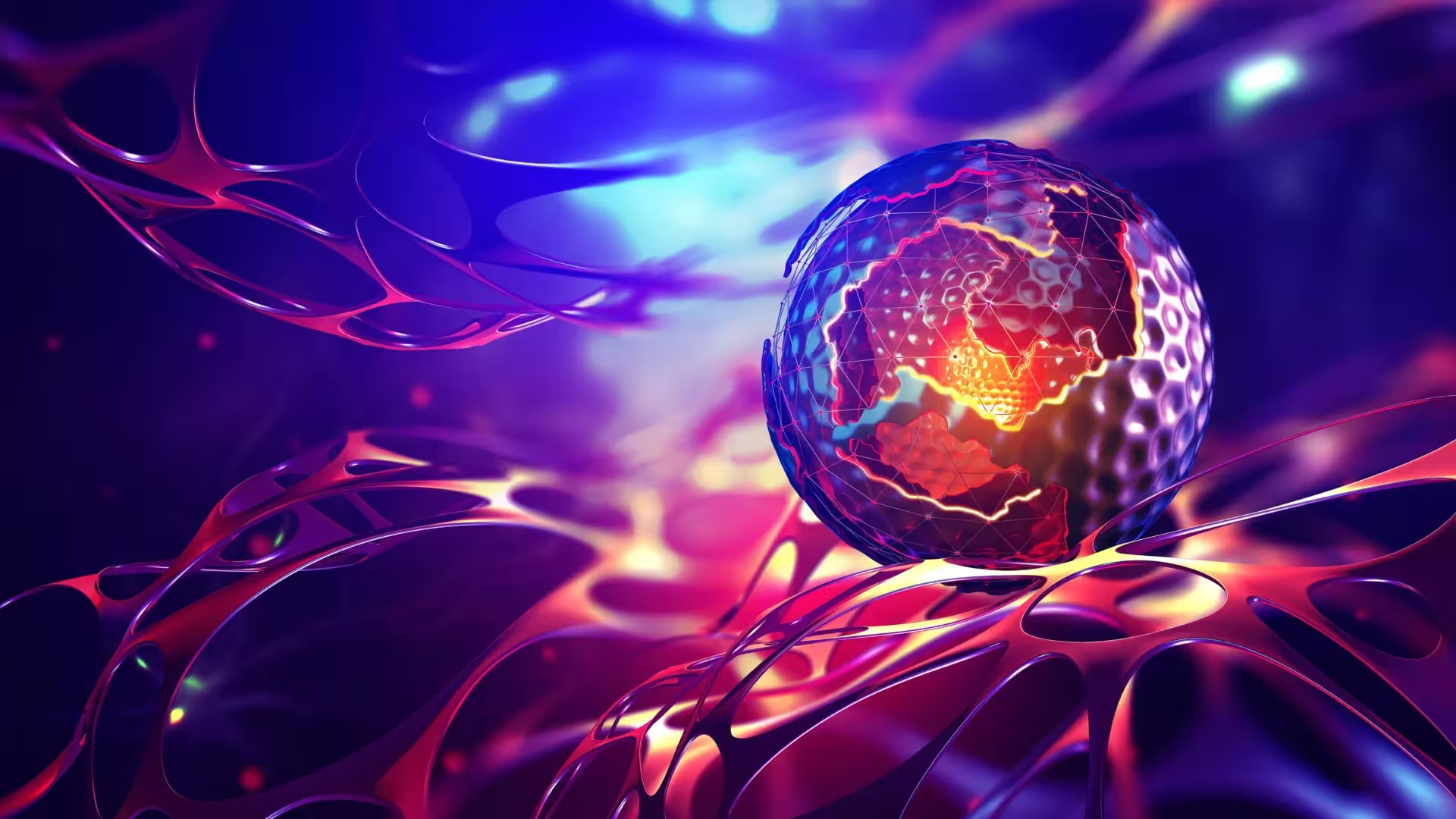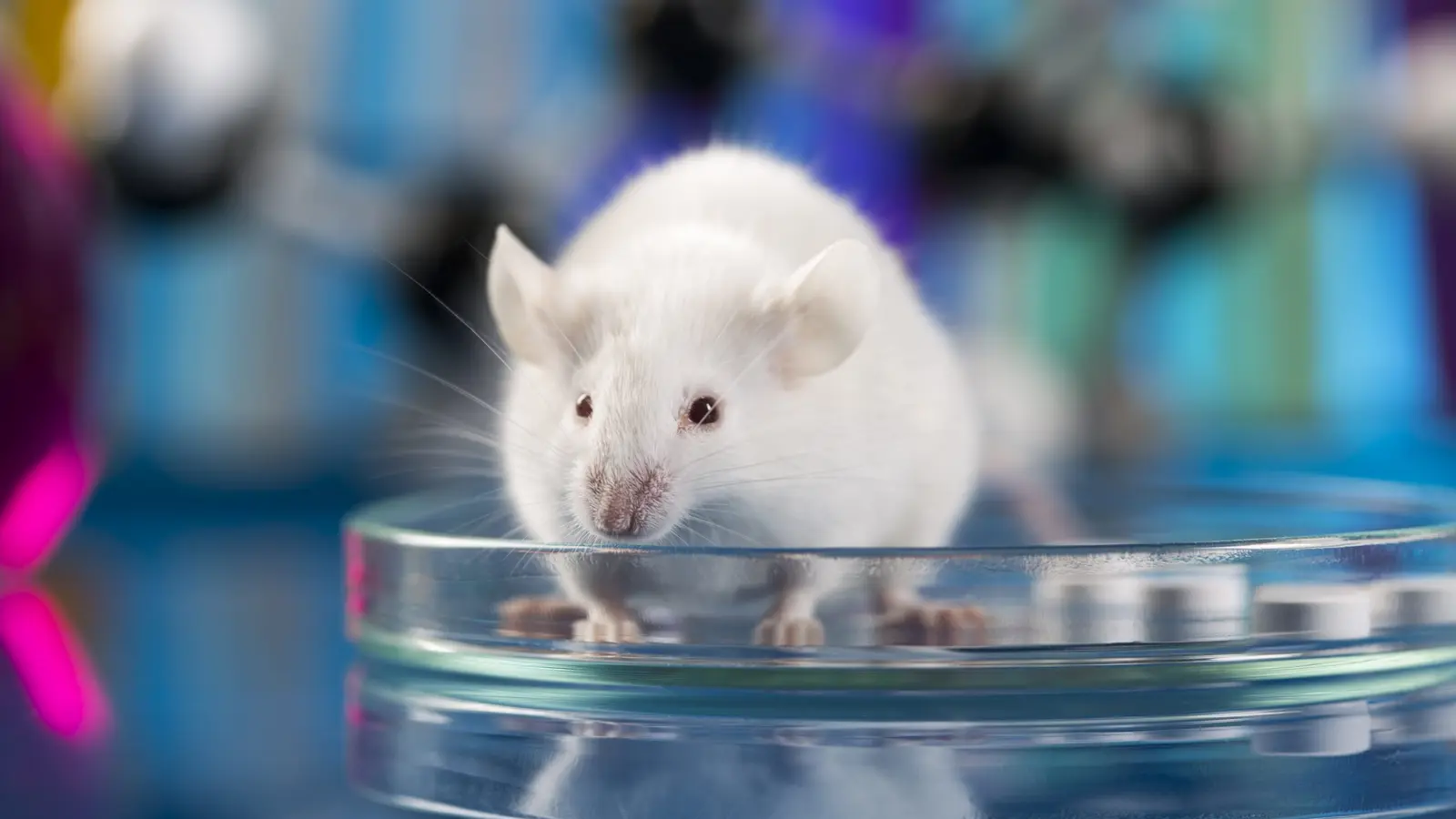6 Minutes
Researchers have shown that precision-designed nanoparticles can repair the brain’s vascular checkpoint and reverse Alzheimer’s-like symptoms in mice. Instead of ferrying drugs, these supramolecular particles act as active therapeutics — restarting the brain’s own waste‑clearance machinery and clearing toxic amyloid‑β protein. The result: restored blood‑brain barrier (BBB) function and recovered memory in animals that had shown pronounced cognitive decline. Credit: Shutterstock
How a vascular reset changed the course of disease in mice
The new study, led jointly by the Institute for Bioengineering of Catalonia (IBEC) and West China Hospital Sichuan University (WCHSU) with collaborators in the UK, moved beyond conventional nanoparticle delivery systems. The team engineered bioactive, supramolecular nanoparticles that operate as therapeutic agents themselves. Rather than simply carrying a drug payload into the brain, these particles mimic natural ligands and engage receptor pathways that control traffic across the BBB.
At the heart of the approach is a simple idea with big implications: many neurodegenerative diseases have a vascular component. The adult brain consumes roughly 20% of the body’s energy and is served by an extraordinarily dense capillary network. Healthy vasculature ensures steady nutrient flow and effective removal of metabolic waste. When those systems fail, toxic proteins such as amyloid‑β (Aβ) can build up and disrupt neurons. By restoring vascular function, the brain’s self‑cleaning routes can resume.
Mechanism: supramolecular drugs reboot BBB clearance
The blood‑brain barrier is not just a wall — it’s a selective, active transport system. One key player in clearing Aβ is the receptor protein LRP1, which recognizes and ferries Aβ from brain tissue into the bloodstream. LRP1’s activity must be balanced: if it binds Aβ too tightly, transport stalls and the receptor is degraded; if binding is too weak, Aβ is not efficiently shuttled out. The IBEC/WCHSU team designed nanoparticles with a controlled size and specific surface ligands that interact with this receptor trafficking system.

These supramolecular nanoparticles imitate natural LRP1 ligands, binding Aβ and traversing the BBB. The particles act as a reset switch — reactivating receptor trafficking and enabling the clearance pathway to function again. Junyang Chen, first co‑author and researcher at West China Hospital and UCL, reported rapid results: "Only 1h after the injection we observed a reduction of 50–60% in Aβ amount inside the brain."
Precision engineering at the nanoscale
- Bottom‑up molecular assembly produced particles with tightly controlled diameters and a defined number of surface ligands.
- Multivalency (multiple ligands per particle) drives specific, high‑avidity interactions with cell receptors while avoiding permanent sequestration.
- By modulating receptor trafficking at the membrane, the nanoparticles restore physiological transport rather than forcing a one‑off protein removal.
Because the nanoparticles themselves are bioactive, the therapy resembles a supramolecular drug: the material triggers biological processes that reestablish homeostasis instead of simply releasing active molecules.
Behavioral recovery and lasting benefit
Therapeutic outcomes were striking. The team tested mouse models that overproduce Aβ and show progressive cognitive deficits similar to human Alzheimer’s. Animals received three injections of the supramolecular therapy and were monitored over months. In one representative case, a 12‑month‑old mouse — roughly equivalent to a 60‑year‑old human — was treated and then evaluated at 18 months. At that later stage the treated animal’s behavior matched healthy controls.
These improvements track with restored BBB function: as the vasculature resumes clearing Aβ and other harmful molecules, neuronal circuits regain stability. Giuseppe Battaglia, ICREA Research Professor at IBEC and leader of the Molecular Bionics Group, commented on the cascade effect: the particles do more than remove protein — they reignite a natural feedback loop that maintains vascular and brain homeostasis.
Why this matters for Alzheimer’s research and therapies
Most current experimental therapies target the neurons or attempt to neutralize Aβ directly. This study reframes the problem by attacking a vascular bottleneck that underlies poor clearance. Targeting the BBB and receptor trafficking could complement immunotherapies and small molecules, or open a new class of treatments based on bioactive nanomaterials.
Several features make this strategy attractive for translation:
- Rapid Aβ reduction was observed within hours in treated animals.
- Therapeutic effects persisted, with restored behavior months after dosing.
- Precision ligand display on particles offers tunable control over receptor engagement and trafficking.
Still, crucial steps remain. Safety, dosing windows, and long‑term effects must be evaluated in larger animal models before clinical trials. The immune response to repeated nanoparticle exposure and scalability of production are additional hurdles to overcome.
Expert Insight
Dr. Maya Patel, a neuroscientist and translational medicine specialist not involved in the study, offers context: "This work is exciting because it treats the vasculature as an active therapeutic target. Restoring clearance mechanisms could amplify the impact of other interventions and, importantly, address a root contributor to protein accumulation. Translating nanoparticle strategies safely into humans will take careful validation, but the concept of rebooting the brain’s own waste disposal is a promising shift."
Lorena Ruiz Perez of IBEC, a co‑author on the paper, summarized the therapeutic implication: the nanoparticles achieved rapid Aβ clearance, restored BBB function, and produced a striking reversal of Alzheimer’s‑like pathology in mice. The finding points to future strategies that specifically target vascular contributions to neurodegeneration.
Future directions: from mice to medicine
Looking ahead, researchers will need to test whether similar supramolecular designs can safely modulate human receptor trafficking without off‑target effects. Key questions include whether human LRP1 dynamics respond the same way, how to scale particle synthesis under clinical‑grade conditions, and whether the approach can be combined with other therapies.
If translated successfully, this vascular‑first approach could change how scientists and clinicians aim to prevent or reverse protein buildup in Alzheimer’s and other neurodegenerative diseases. For now, the study provides a powerful proof of principle: repairing the brain’s vascular gatekeeper can reboot self‑repair mechanisms and restore memory in animal models.
Source: sciencedaily
Comments
DaNix
Sounds promising but is this even true in humans? Mouse fixes often fail, immune reactions and scale-up could kill it, if LRP1 differs...
bioNix
Wow, chills… nanoparticles rebooting the BBB? If real, huge leap. Fingers crossed but pls check long term safety, tho so hopeful!


Leave a Comment